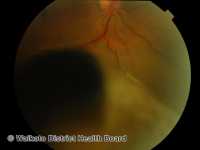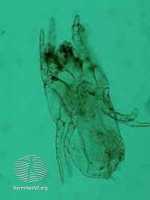Author Interviews, COVID -19 Coronavirus, CT Scanning, Johns Hopkins, Nature / 12.12.2020
John Hopkins Covid-19 Risk Calculator May Improve Vaccine Distribution
MedicalResearch.com Interview with:
Nilanjan Chatterjee, PhD
Bloomberg Distinguished Professor
Departments of Biostatistics and Epidemiology
Johns Hopkins Bloomberg School of Public Health
MedicalResearch.com: What is the background for this study?
Response: Calculation of risks or severe COVID-19 disease and mortality for individuals in the general population can help to prioritize prevention efforts, such as early vaccination. We developed a model to estimate risks for COVID-19 mortality for currently uninflected individuals based on sociodemographic factors, pre-existing conditions and local pandemic intensity. The model captures factors associated with both risk of infection and complications after infection.
The model was developed using information from a large UK based cohort study called OpenSAFELY, and was adapted to the US population based on information on mortality rate associated with age and race/ethnicity available through CDC. The model also utilizes information on state level projected death rates from pandemic forecasting models. (more…)




 Response: Cohen Veterans Bioscience (CVB) is a non-profit 501(c)(3) research biotech dedicated to fast-tracking the development of diagnostic tests and personalized therapeutics for the millions of Veterans and civilians who suffer the devastating effects of trauma-related and other brain disorders.
To learn about CVB’s research efforts visit
Response: Cohen Veterans Bioscience (CVB) is a non-profit 501(c)(3) research biotech dedicated to fast-tracking the development of diagnostic tests and personalized therapeutics for the millions of Veterans and civilians who suffer the devastating effects of trauma-related and other brain disorders.
To learn about CVB’s research efforts visit 


























